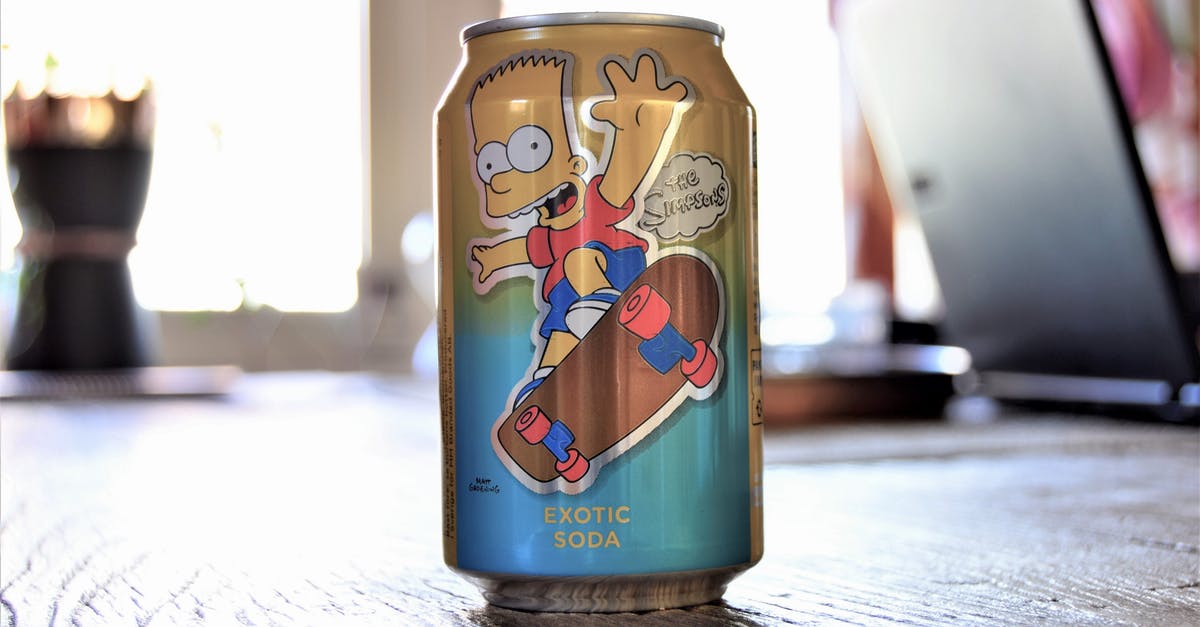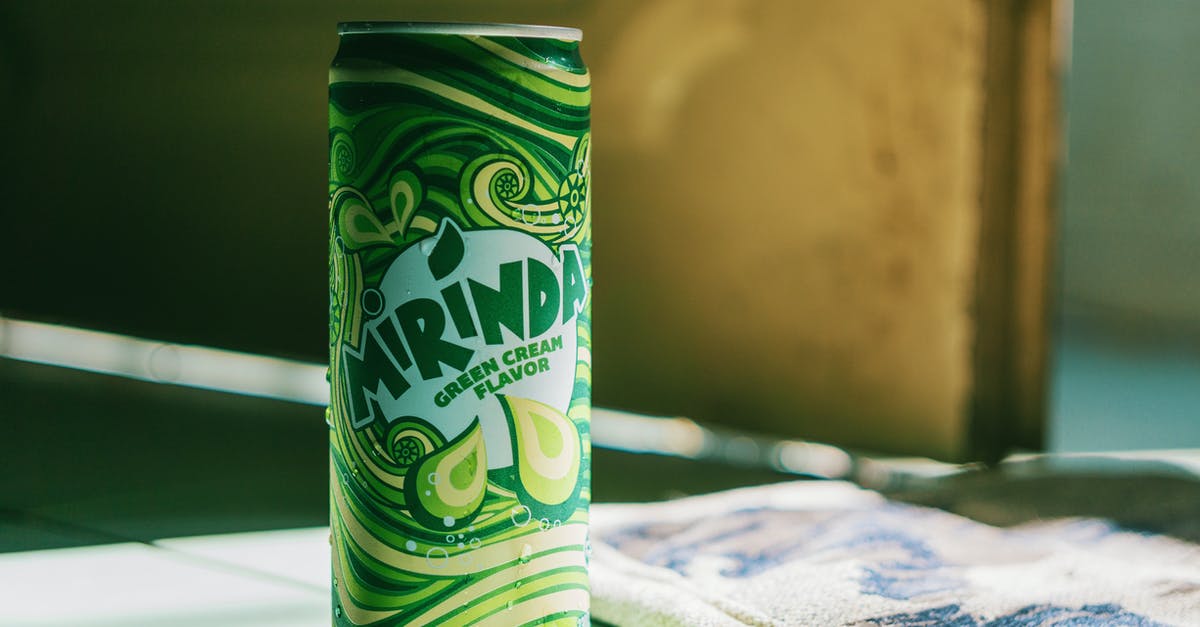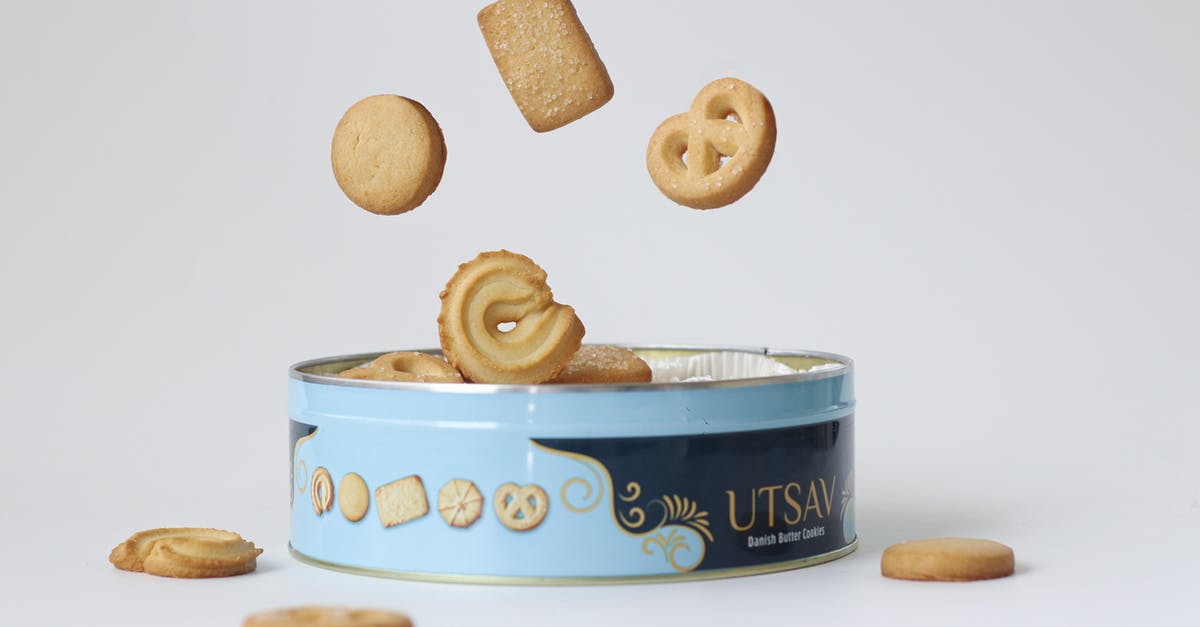How to maximize shelf-life of freeze-dried food beyond 25 years? How far can this be exceeded?

Many manufacturers will sell and advertise emergency preparedness food packs to still taste "great" 25-30 years into the future (or at least maintain a consistent taste over this period).
For instance, they will cook eggs, lasagna or vegetables (anything really), then place it into a freeze-drier unit, which eliminates the water via sublimation. They then place the food product into a mylar or aluminum pouch (sometimes polyurethane), insert an oxygen dissector pouch in it, then instruct the customer to store it in a cool (less than 16 degrees Celsius or 60 Fahrenheit) and dry environment for long term storage.
What process happens after 25-30 years which limits its shelf life? It is the accumulation of oxygen diffusing within the bag over time? It is the oxygen pouch that reaches it absorption limit? Is moisture sneaking in? Is the organic structure of the food break down due to normal thermodynamic forces over time (increase in entropy)?
What if one wanted to increase the shelf-life to say 50 years, maybe even 100 years? What food break down processes will be encountered as the limiting factor, that would need to be countered?
Best Answer
The question is rather difficult to answer since it is based on false assumptions. I will try addressing those.
What process happens after 25-30 years which limits its shelf life?
There is no reason to assume that there is such a process. Imagine that I tell you "tomorrow at 2 PM, I will be at home". This contains no information about whether I will be at home tomorrow until 2:15, or until 6, or any other chosen time after 2 PM. Similarly, a "best by" date of 25 years makes absolutely no claims for the food quality at any time point after 25 years have passed. The existing foods may still taste good enough after 50 or 100 years.
if one wanted to increase the shelf-life to say 50 years, maybe even 100 years. What food break down processes will be encountered as the limiting factor
The assumption here is more subtle: it equates "food break down processes" with "the limiting factor". But it is also quite certainly false. It is not clear if there are any food break down processes that prevent longer shelf life. But if there are some, it is highly unlikely that they are also limiting factors. The hardest limiting factors you are likely to face are:
- Developing a testing process that can prove that the food keeps its quality for 100 years with reasonable certainty, without actually waiting 100 years. This could be possible, but it will be quite hard. It will certainly not be as easy as creating such a process for something with a much better describable behaviour, such as electronics.
- Convincing the FDA or other relevant regulators that your test results are correct
- Establishing yourself in an already filled small niche market, despite having higher production costs than the incumbents (due to points 1 and 2).
I don't have answers to the other subquestions, but as I said, they are most likely based on a false assumption and thus unanswerable. If it turns out that they do have an answer in principle, the points above still render them pretty much irrelevant for practical purposes (which in itself is difficult enough).
Pictures about "How to maximize shelf-life of freeze-dried food beyond 25 years? How far can this be exceeded?"



Quick Answer about "How to maximize shelf-life of freeze-dried food beyond 25 years? How far can this be exceeded?"
Place freeze dried food in an airtight container. Otherwise, it will begin to reabsorb moisture from the air and spoil. For a 25-year shelf life, Mylar bags are the easiest and least expensive option. Add an oxygen absorber to make sure oxygen isn't in your bag and will destroy your food over time.What happens to freeze-dried food after 25 years?
Shelf life: The moisture content has an effect on shelf life, with freeze-dried foods lasting between 25 and 30 years, and dehydrated products lasting about 15 to 20 years.What is the shelf life of freeze-dried food?
Freeze-dried food, on the other hand, is much more suitable for long-term storage. Because 98-99 percent of the moisture in food being freeze-dried is removed during the process, it has a shelf life of usually 25 years or more. In both cases, cooler temperatures will help lengthen shelf life.How long does freeze-dried food last without an oxygen absorber?
Once you open your can of freeze-dried food, it is automatically exposed to two things - oxygen and moisture in the air. That's why it's important to use the plastic lid and lock out the moisture as much as possible from an open can of food. You'll be able to open the can and eat the contents for 6 to 12 months.What is the shelf life of freeze-dried fruit?
Unopened, freeze-dried fruit so can last 25 to 30 years2 (according to some manufacturers), only if stored under ideal conditions. Meanwhile, it retains most of its sugars so the fruit tastes like it did before the freezing.How To Get The 25 Year Shelf Life From Your Freeze Dried Food
More answers regarding how to maximize shelf-life of freeze-dried food beyond 25 years? How far can this be exceeded?
Answer 2
I agree with rumtscho's answer, believing the logic behind it.
There is however one factor that could possibly have an effect, hinted at in the question: gas permeability of the package. They assume it's stored clean and dry, so we'll neglect water vapour. Nitrogen and CO2 are inert for our purposes, which leaves oxygen. Oxygen causes flavour molecules to degrade; it doesn't magically make food dangerous, so we're talking about quality not safety here.
The question says there's an oxygen scavenger in there. A common type is mainly iron, which rusts, capturing oxygen, and using up the iron. There are other types, but all have a finite ability to absorb O2. A large part of the purpose may well be to remove residual oxygen that gets in during packing - oxygen will be absorbed into even vacuum-dried food, and will work its way out, though that won't take decades. The packaging, despite being sealed, is slightly porous to gas molecules - not as porous as a rubber balloon which goes flat in a few days, but some will leak (this is why better helium balloons are foiled - He atoms are smaller than O2 molecules and get through more easily).
It is possible that they've run the numbers on the porosity of the packaging materials compared with the capacity of the oxygen scavenger, and decided that in 25 years it won't saturate.
As with other degradation processes, this doesn't mean that in 26 years it will spoil, just that if you and the manufacturer are still around in 25 years and it tastes worse than it did to start with, tough luck.
Sources: Stack Exchange - This article follows the attribution requirements of Stack Exchange and is licensed under CC BY-SA 3.0.
Images: Jonathan Petersson, FOX, Arun Thomas, Julia Avamotive
